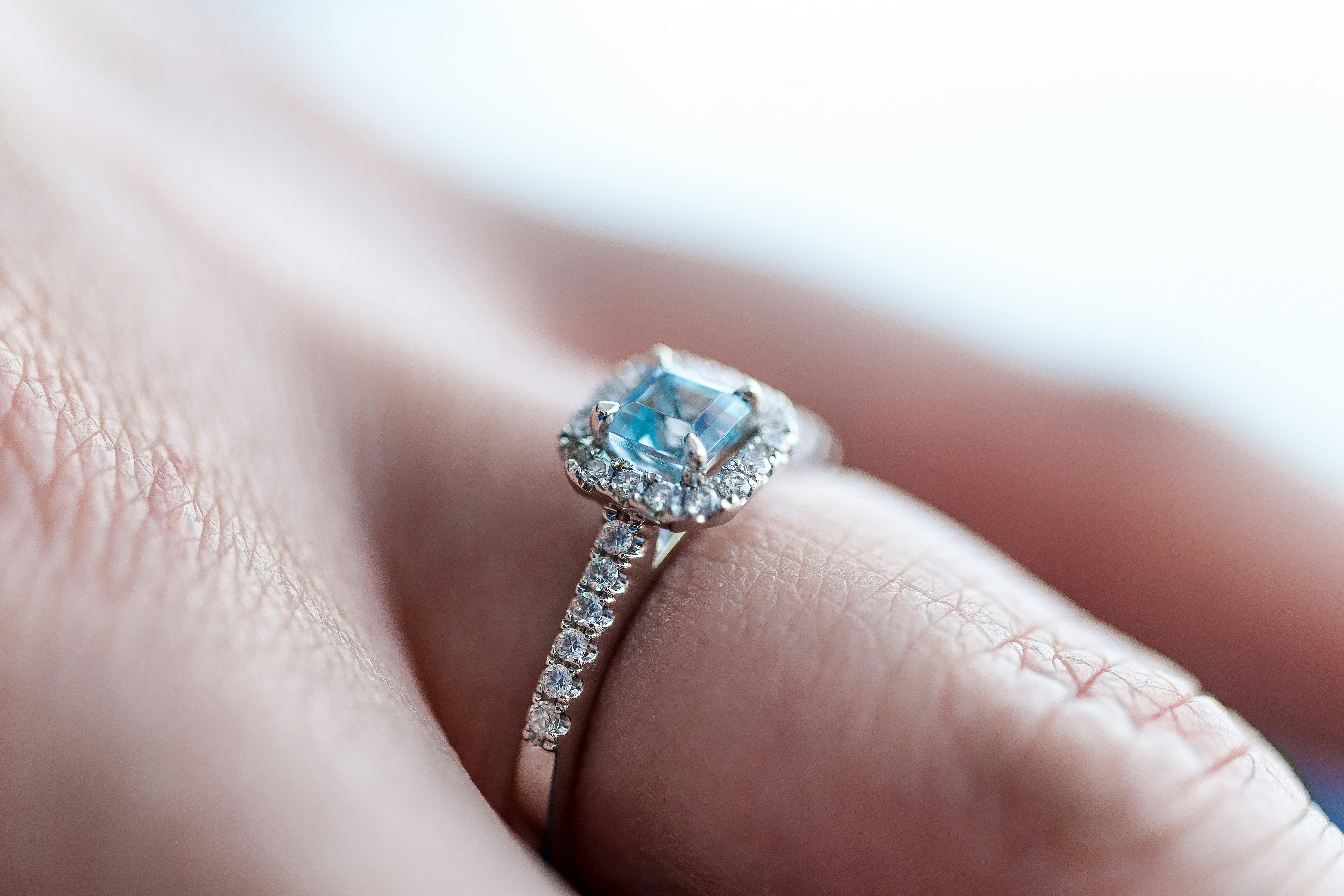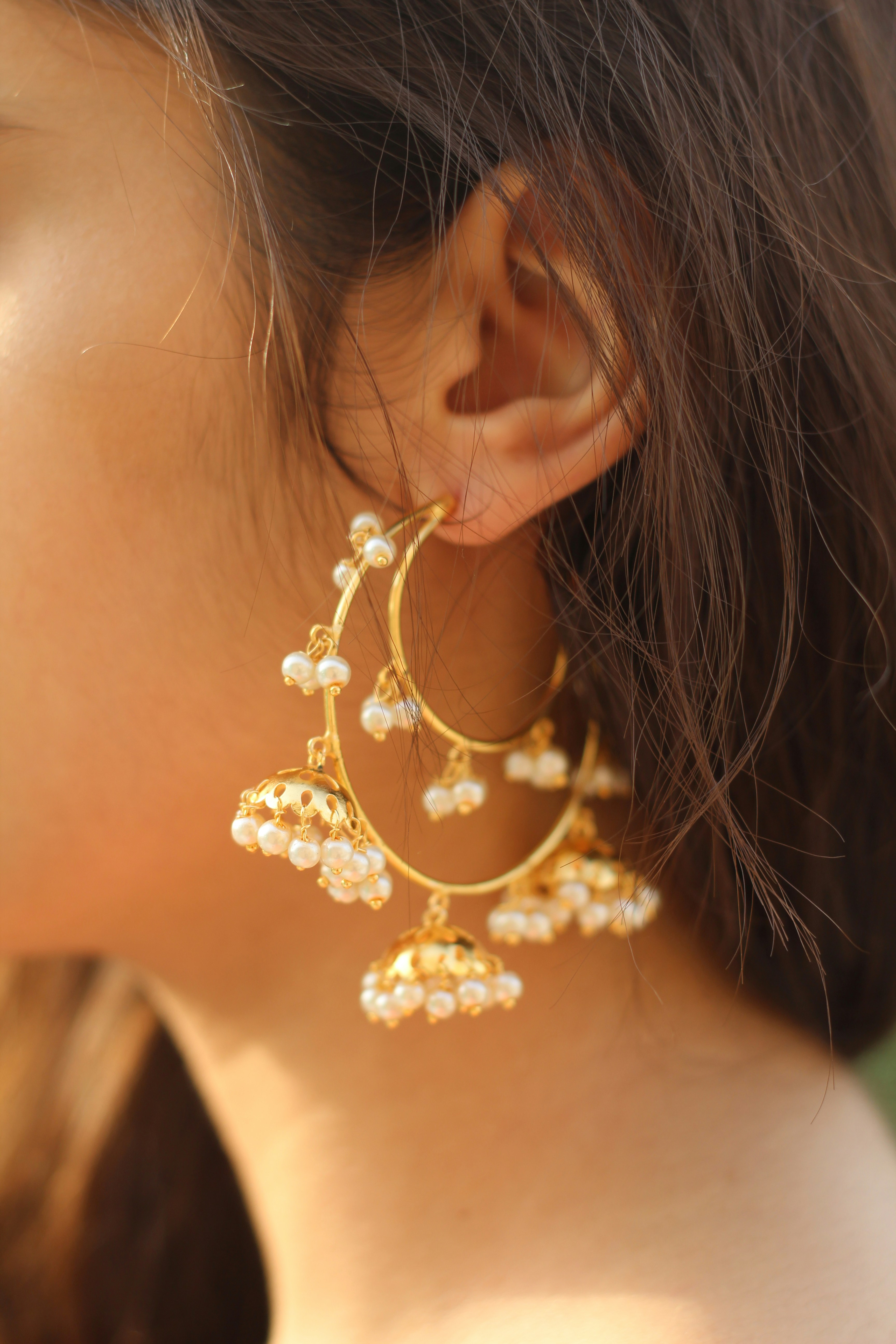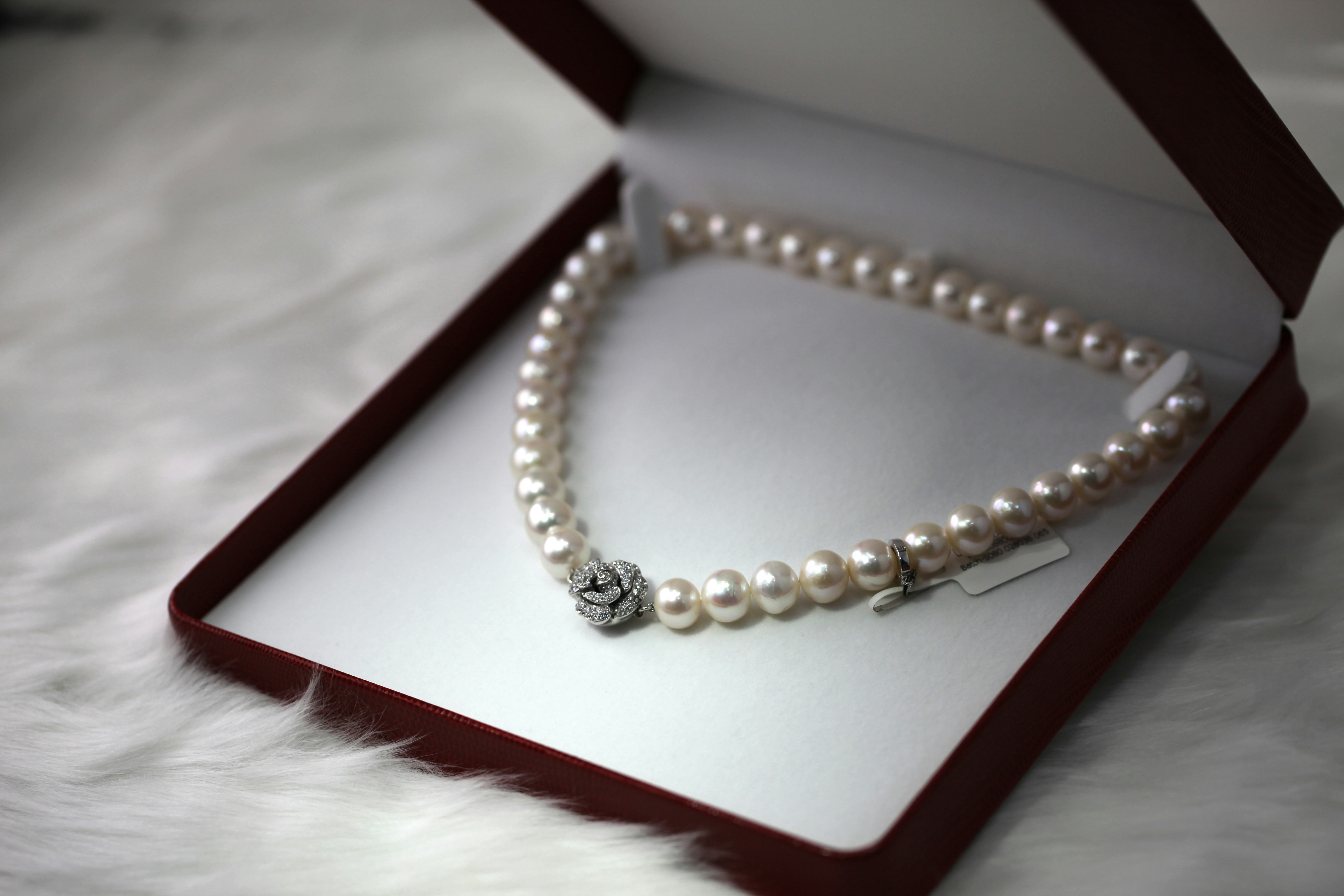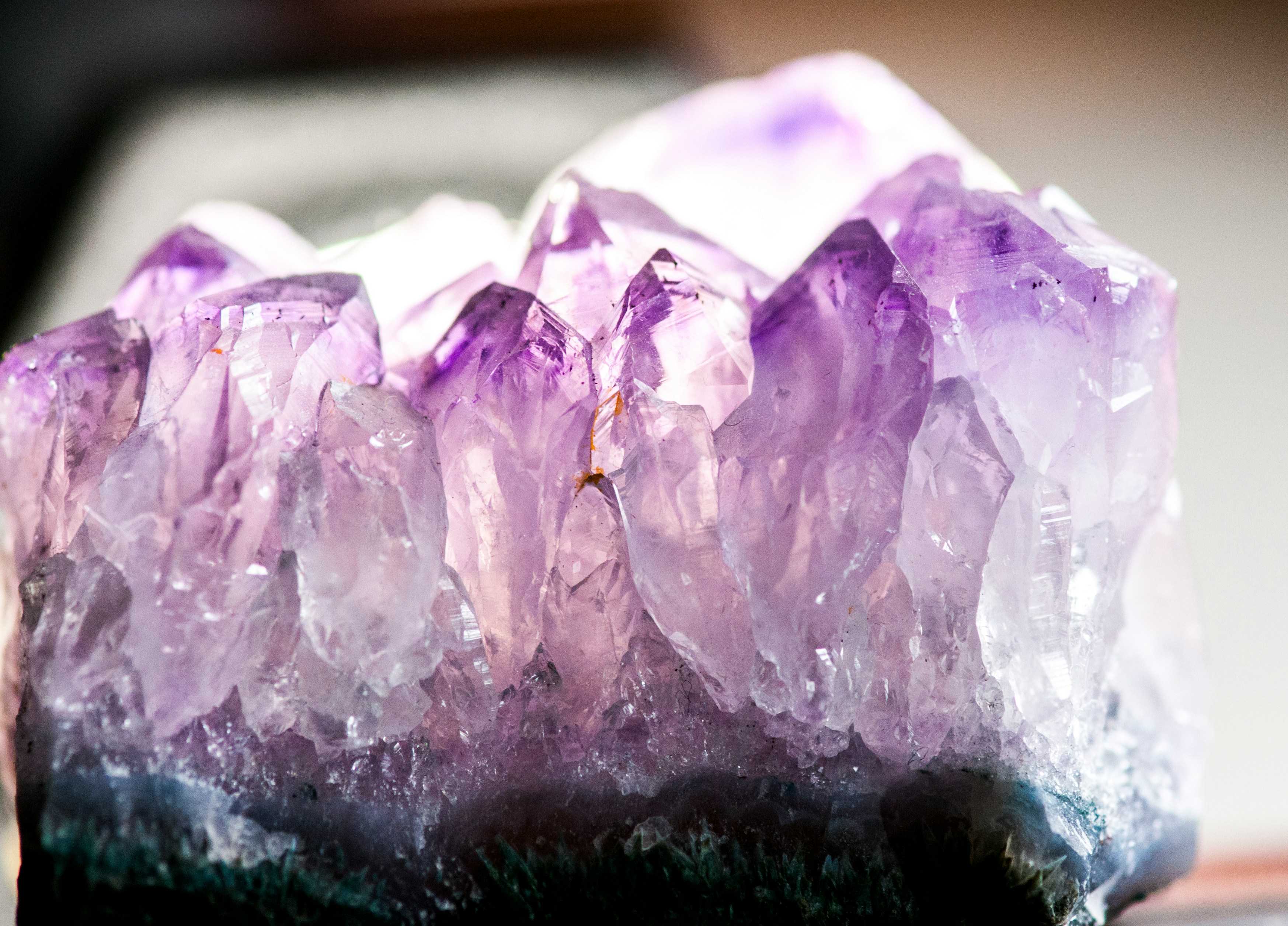Aquamarine Vintage Engagement Rings A Buying Guide
Alexander Kellerson

Introduction to Aquamarine Vintage Engagement Rings
Aquamarine vintage engagement rings have captivated jewelry enthusiasts for decades with their serene blue hues and timeless charm. These rings are not only a symbol of love and commitment but also a piece of history that can be passed down through generations. If you're considering an aquamarine vintage engagement ring, this guide will provide you with essential insights to make an informed purchase.
The Allure of Aquamarine: A Brief History
Aquamarine, a gemstone known for its stunning sea-blue color, has been treasured since ancient times. Its name is derived from the Latin words 'aqua' and 'marina,' meaning water and sea, respectively. Historically, aquamarine was believed to calm waves and keep sailors safe at sea. This gemstone gained popularity during the Art Deco period, making it a sought-after choice for vintage engagement rings.
Why Choose a Vintage Engagement Ring?
Vintage engagement rings offer a unique blend of historical significance, craftsmanship, and intricate designs that are rarely found in modern jewelry. Choosing a vintage ring means you are investing in a piece of art with a story, often crafted with superior techniques and materials. Additionally, vintage rings are environmentally friendly, as they do not require new mining, making them a sustainable choice for eco-conscious buyers.
Understanding Aquamarine: Quality and Characteristics
When evaluating an aquamarine stone, several factors determine its quality: color, clarity, cut, and carat weight. The most prized aquamarine stones exhibit a deep blue color, free from green or gray tints. Clarity is another crucial aspect, with high-quality stones being nearly flawless to the naked eye. The cut of the stone can enhance its natural brilliance, and while carat weight adds to the stone's value, the overall appearance is more significant than size alone.
Popular Styles of Vintage Aquamarine Engagement Rings
Vintage aquamarine engagement rings come in a variety of styles, each reflecting the design trends of their respective eras. Art Deco rings, characterized by geometric shapes and bold lines, often feature aquamarine stones set in platinum or white gold. Victorian-style rings, on the other hand, showcase intricate filigree work and are frequently adorned with additional gemstones like diamonds or pearls. Edwardian rings blend elegance and intricacy with delicate lace-like designs and milgrain details.
How to Determine the Value of an Aquamarine Vintage Ring
Determining the value of an aquamarine vintage engagement ring involves assessing both the gemstone and the ring's overall craftsmanship. Factors such as the stone's color, clarity, cut, and carat weight, as well as the ring's age, condition, and historical significance, play crucial roles. Additionally, provenance or any documented history of the ring can significantly increase its value. Consulting with a certified gemologist or appraiser can provide an accurate valuation.
Tips for Buying Aquamarine Vintage Engagement Rings Online
Buying aquamarine vintage engagement rings online requires careful consideration and research. Ensure you purchase from reputable sellers who provide detailed descriptions, high-quality images, and certificates of authenticity. Read customer reviews and check return policies to safeguard your purchase. It’s also beneficial to ask questions about the ring’s history and request additional photos or videos to better assess its condition.
Caring for Your Aquamarine Vintage Engagement Ring
Proper care and maintenance are essential to preserve the beauty and integrity of your aquamarine vintage engagement ring. Avoid exposing the ring to harsh chemicals, extreme temperatures, or abrasive materials. Clean your ring regularly using a mild soap solution and a soft brush, ensuring to rinse thoroughly and dry with a soft cloth. For professional cleaning and inspection, visit a jeweler at least once a year to check for loose settings or any signs of wear.
Where to Find the Best Aquamarine Vintage Engagement Rings
Finding the best aquamarine vintage engagement rings involves exploring various sources, including antique jewelry stores, estate sales, and reputable online marketplaces. Specialized vintage jewelry dealers often have curated collections with unique pieces. Additionally, attending jewelry auctions can provide access to rare and high-quality rings. Always ensure that the seller offers certification and detailed information about the ring’s provenance and condition.
Conclusion: Making the Perfect Choice
Choosing an aquamarine vintage engagement ring is a meaningful and timeless decision. By understanding the gemstone's qualities, the historical significance of vintage rings, and knowing where to find and how to care for your ring, you can confidently select a piece that resonates with your style and story. With its captivating beauty and enduring appeal, an aquamarine vintage engagement ring is a perfect symbol of lasting love.





